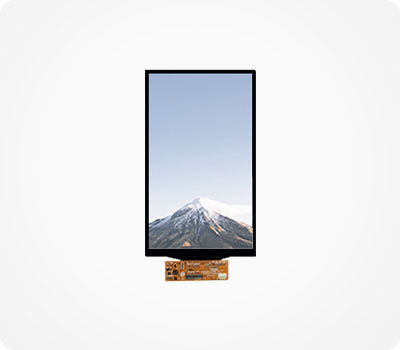




Shock-resistant LCD modules are designed to withstand sudden impacts and physical shocks that can occur in rugged environments. These modules are essential in applications where equipment is subject to rough handling, accidental drops, or other forms of mechanical shock. The ability to maintain display integrity and functionality under such conditions is critical for ensuring the reliability and safety of the systems they are integrated into.
One of the key features of shock-resistant LCD modules is the use of robust materials and construction techniques. These modules often feature reinforced frames, shock-absorbing bumpers, and flexible connectors that can absorb and dissipate impact energy. Additionally, the glass substrates used in these modules are often strengthened through chemical or thermal treatments to enhance their resistance to breakage.
In automotive applications, shock-resistant LCD modules are essential for dashboard displays, rearview mirrors, and infotainment systems, which can be exposed to the impacts of road conditions and accidents. In industrial settings, these modules are used in control panels, monitoring systems, and machinery that operates in environments with significant mechanical movement. Military applications also benefit from these modules, where displays must function reliably in vehicles and equipment that are subject to harsh conditions and impacts.
The performance of shock-resistant LCD modules is validated through extensive testing, including drop testing, impact testing, and vibration testing. These tests ensure that the modules can withstand the rigors of real-world use without compromising display quality or functionality. This makes them an ideal choice for applications where display failure due to shock could have serious consequences.
